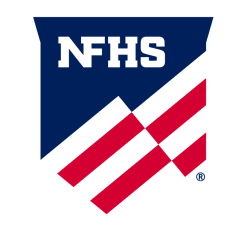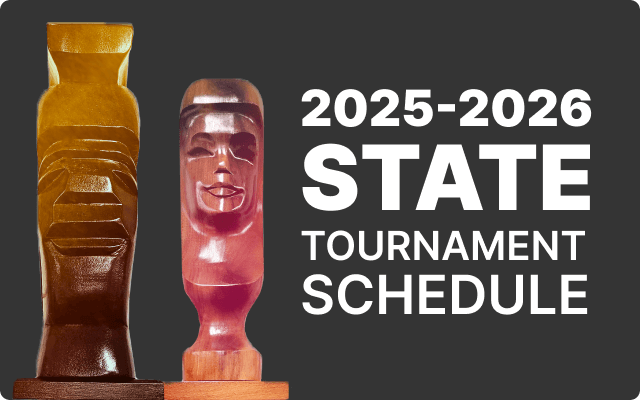The NFHS Voice

 The NFHS Voice
The NFHS Voice
Preparing Student-athletes for the ‘Next Level’ Not About Rules Changes
Dr. Karissa L. Niehoff, NFHS Executive Director
A year ago, the NFHS Basketball Rules Committee approved the allowance of a shot clock in high school basketball, ending years of discussion about whether a shot clock should be employed at the high school level.
While some say the game doesn’t need a shot clock, citing installation costs among other reasons not to implement it, proponents of the shot clock believe the high school game would benefit from its implementation. Some of the proponents claim it makes the game more entertaining, eliminating “stalling” techniques that result in low-scoring contests. There are others, however, who believe a shot clock helps prepare high schoolers for competition at the “next level.”
While some of these reasons for implementing a shot clock undoubtedly were considered by the committee, using rules changes to get ready for college competition wasn’t among those on the list. High school playing rules should not be adjusted simply to get athletes ready for college competition. NFHS rules committees in all sports consider rules changes that match the skill level of participants, promote sportsmanship and minimize risk, among other rationales. Preparing student-athletes for the “next level” isn’t a chief concern.
A primary reason for this approach is simply that, for the vast majority of high schoolers, participation in athletics ends when they leave high school. According to the NCAA, just 3.5 percent of high school boys and 4.1 percent of girls will compete at any level of NCAA basketball. Just 7.3 percent of football players, 3.9 percent of girls volleyball players, 7.5 percent of baseball players and 5.6 percent of softball players will compete in the NCAA.
These statistics are often cited as the reason parents shouldn’t go for broke, pushing their kids in search of an athletic scholarship to college. But, they are equally effective in proving the high school competition experience should focus on the many benefits of participation, and not the small percentage chance of playing in college.
The shot clock will be allowed by state association adoption, which means states will decide to implement it according to the varying factors (e.g., cost, coaches approval, etc.) and not because that’s the way the game is played in college.
Similarly, the recent football rules changes for 2022 include a revision to allow a quarterback to intentionally throw an incomplete forward pass to avoid lost yardage – or “get rid of the ball” to avoid a sack. It’s a rule that is commonly seen in college and the NFL but hasn’t been allowed at the high school level.
The Football Rules Committee voted to make the change this year with a focus on minimizing risk to the passer – not primarily because it is used at the next levels.
“The question (with this rule) has always been, ‘if the defense makes a good play, are we bailing out the offense by letting the quarterback throw the ball away?’” said Richard McWhirter, chair of the NFHS Football Rules Committee and assistant executive director of the Tennessee Secondary School Athletic Association. “This year, I think the committee felt the wellbeing of the passers and not subjecting them to extra hits was worth changing the rule.”
There are numerous ways that high school athletics in this country are unique. Playing for the love of the game, learning from losses as much as wins, and representing a school and community are all pillars of interscholastic athletics. With the NFHS and its member state associations focusing on these benefits and what works best for high school student-athletes, it will do more to prepare them for the “next level” than any single rule change.
Dr. Karissa L. Niehoff is in her seventh year as chief executive officer of the National Federation of State High School Associations (NFHS) in Indianapolis, Indiana. She is the first female to head the national leadership organization for high school athletics and performing arts activities and the sixth full-time executive director of the NFHS. She previously was executive director of the Connecticut Association of Schools-Connecticut Interscholastic Athletic Conference for seven years.









